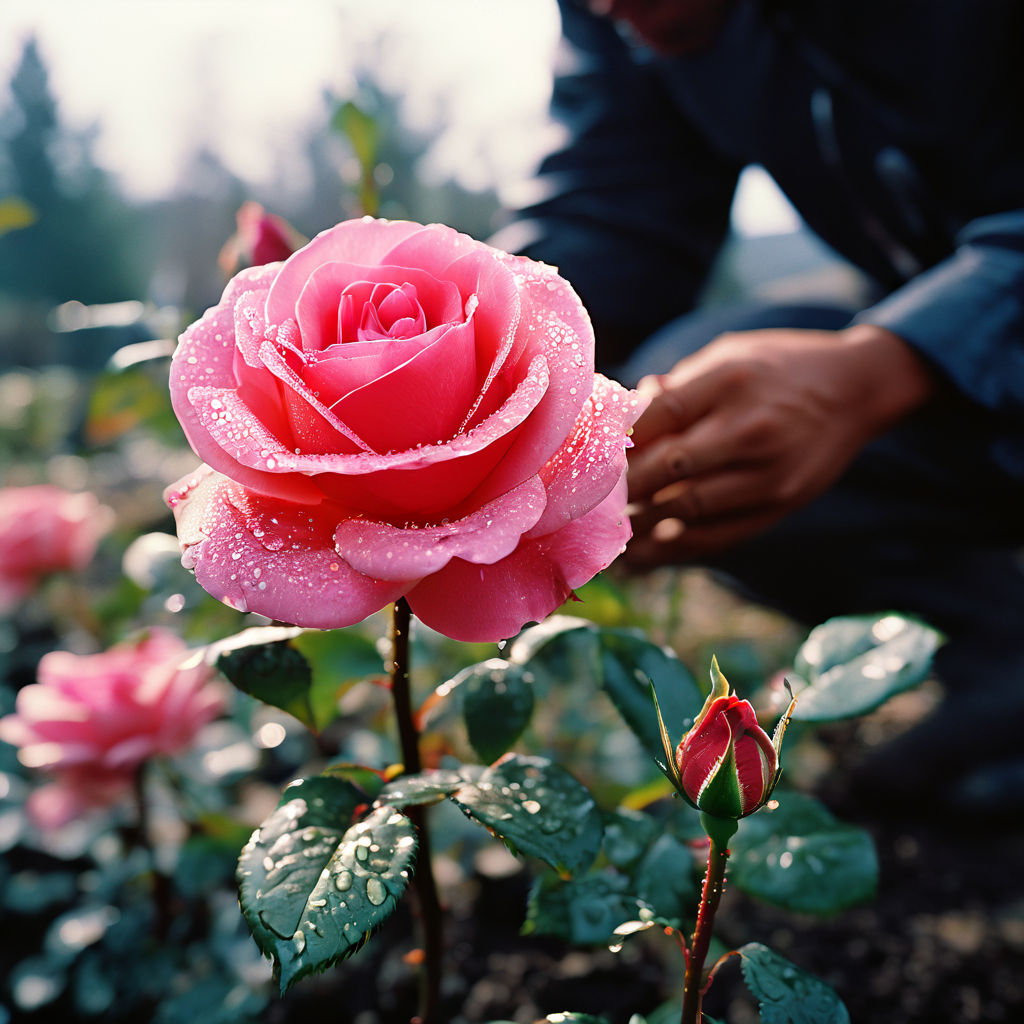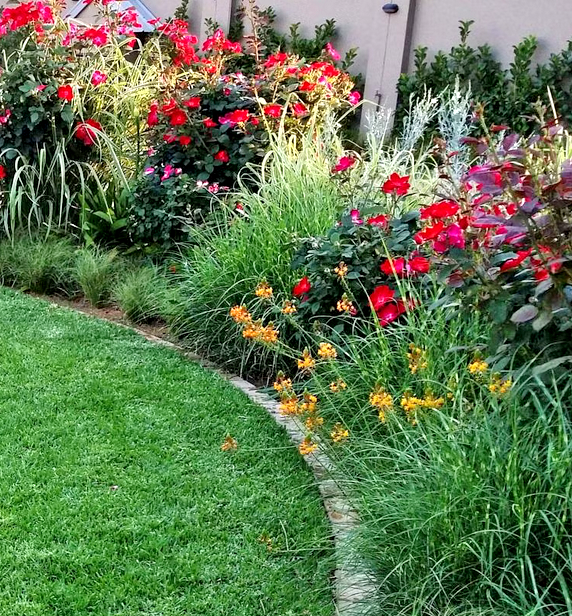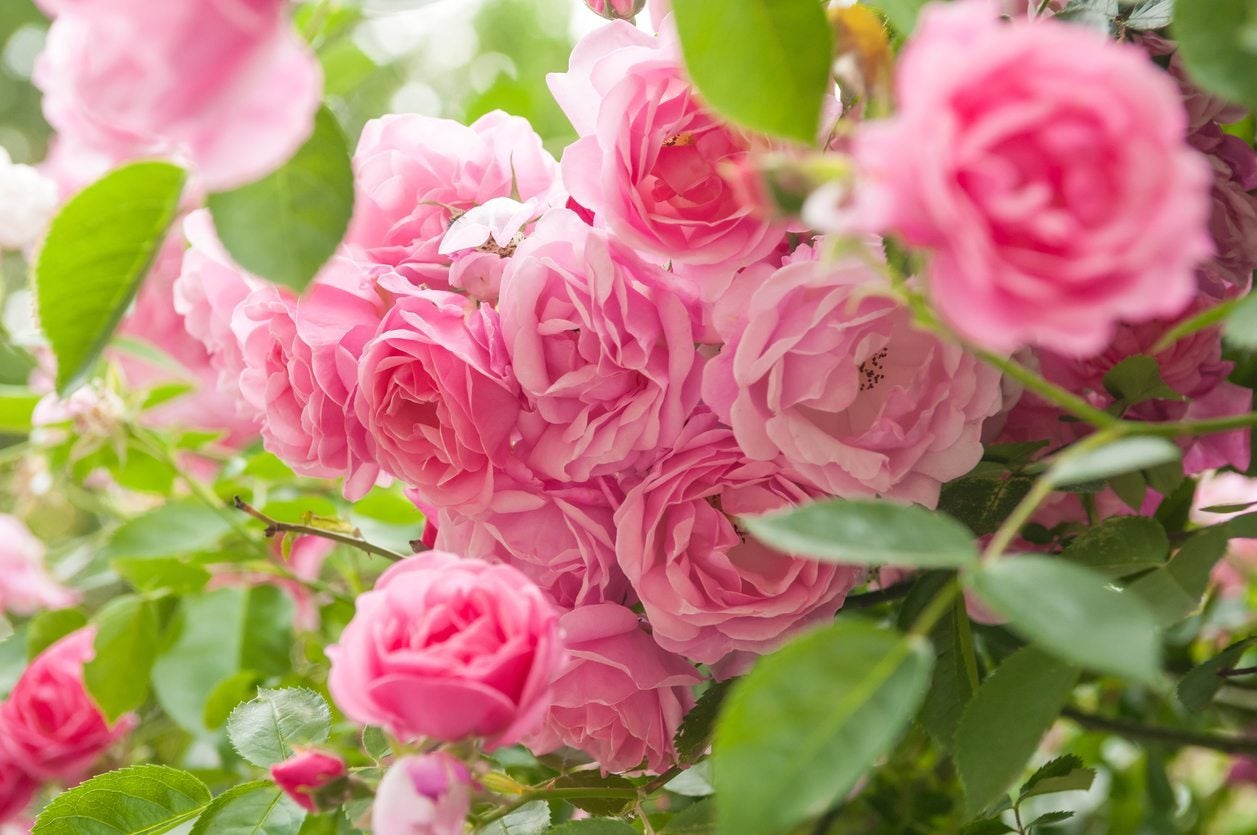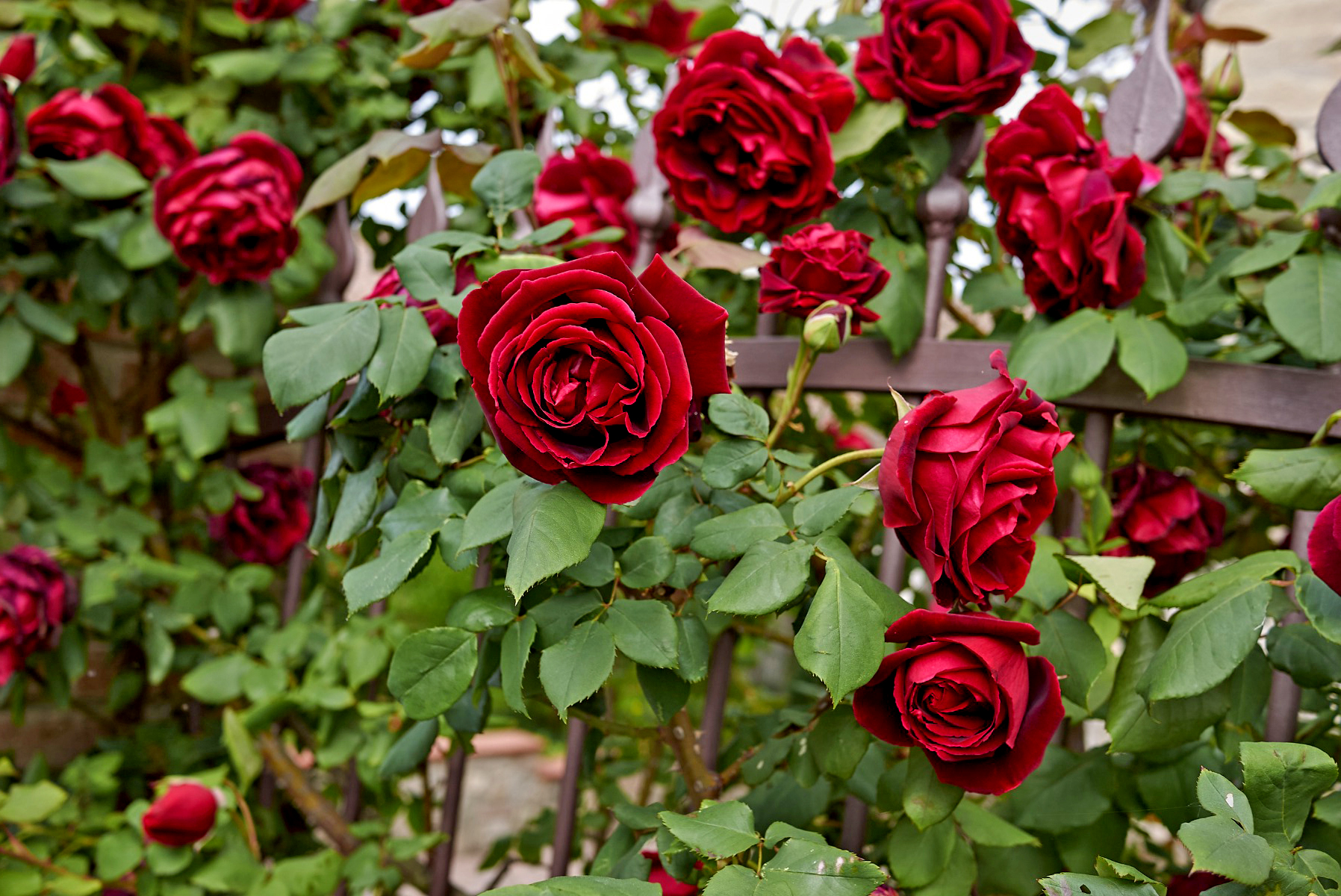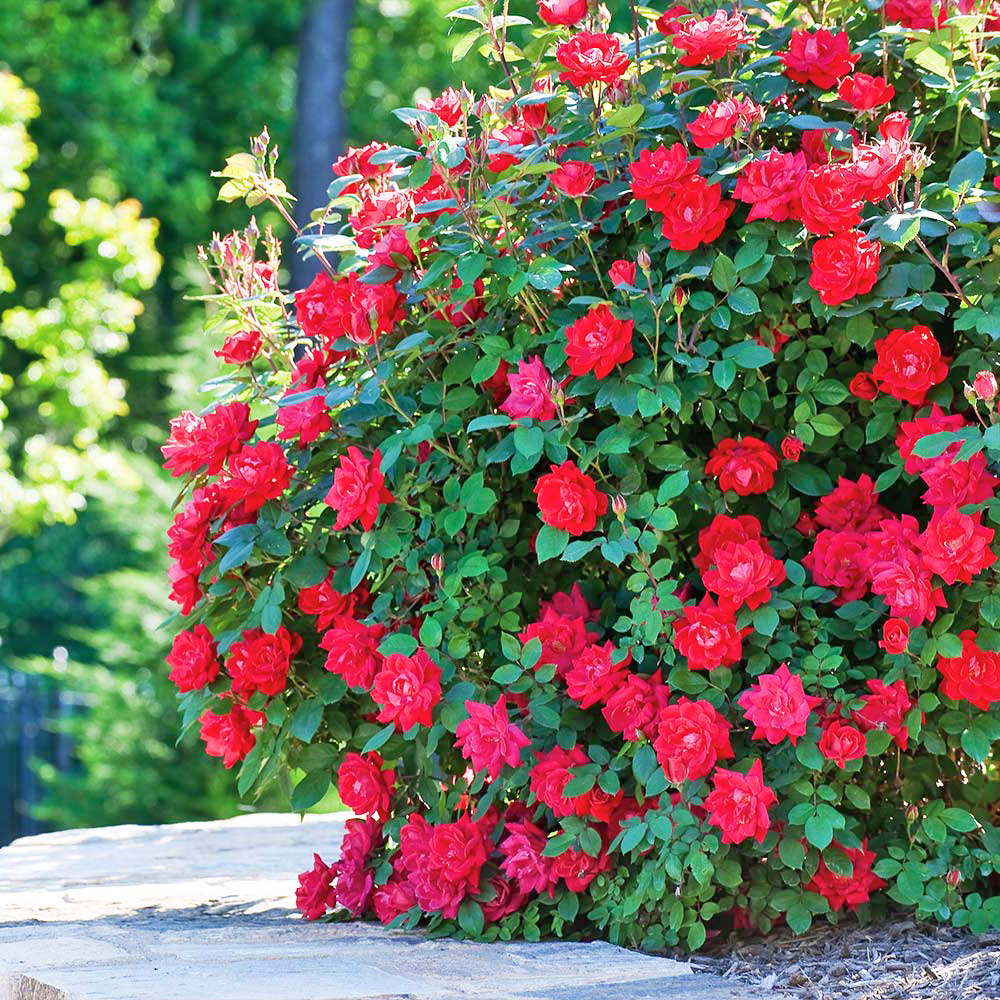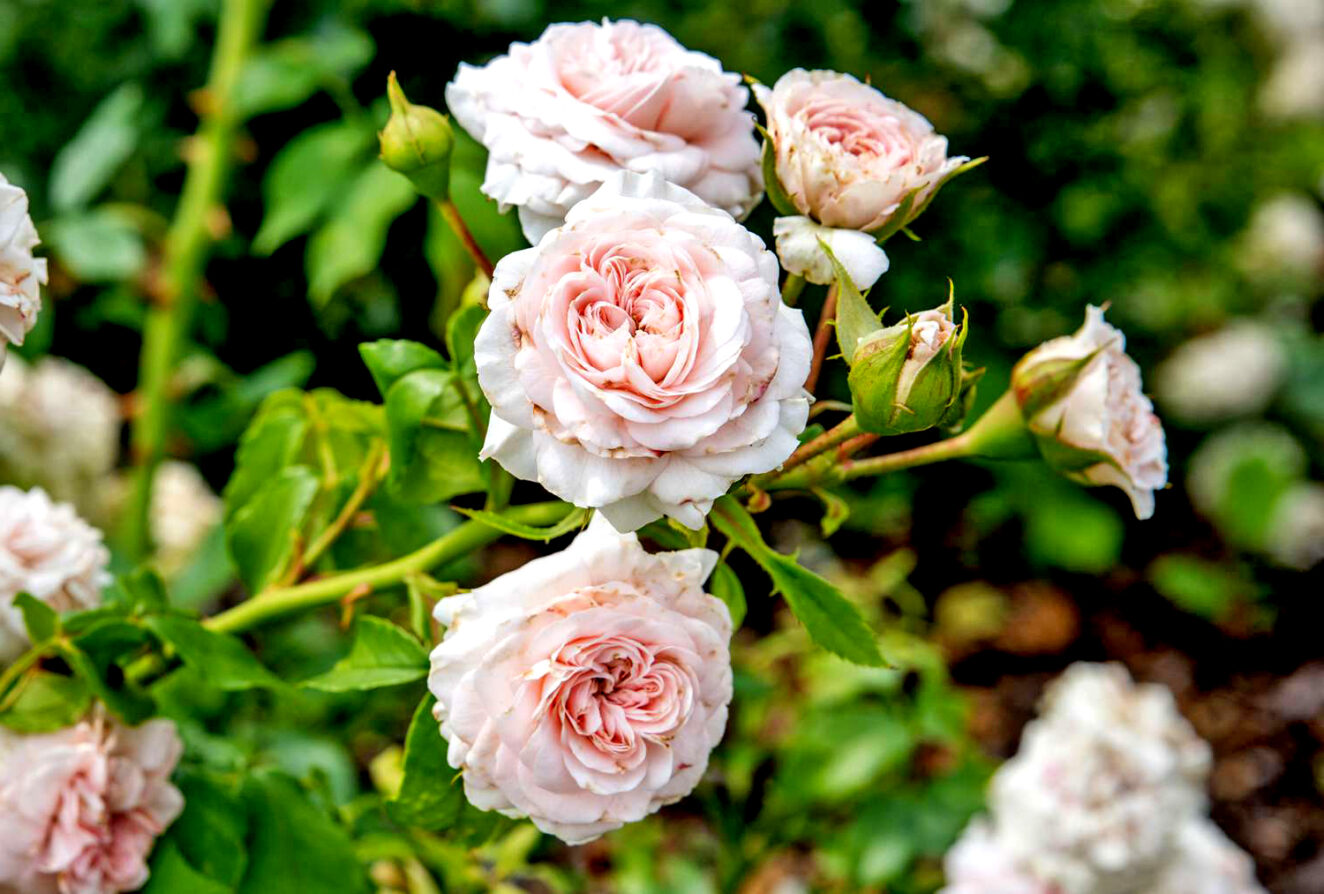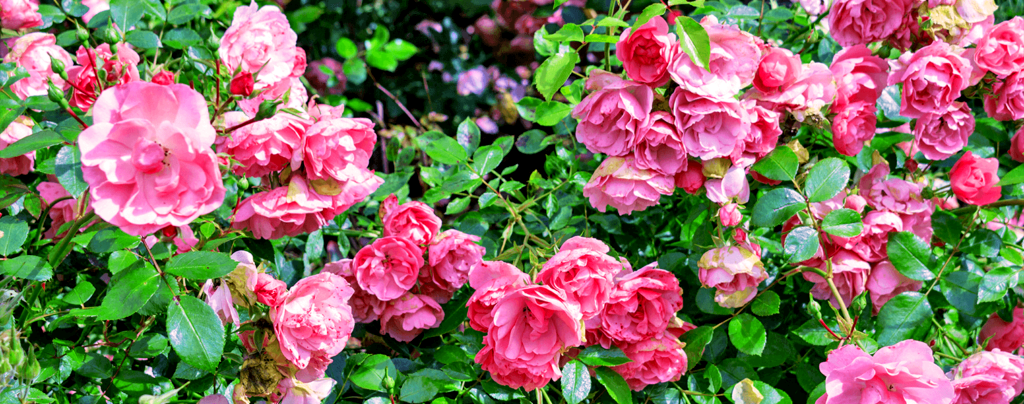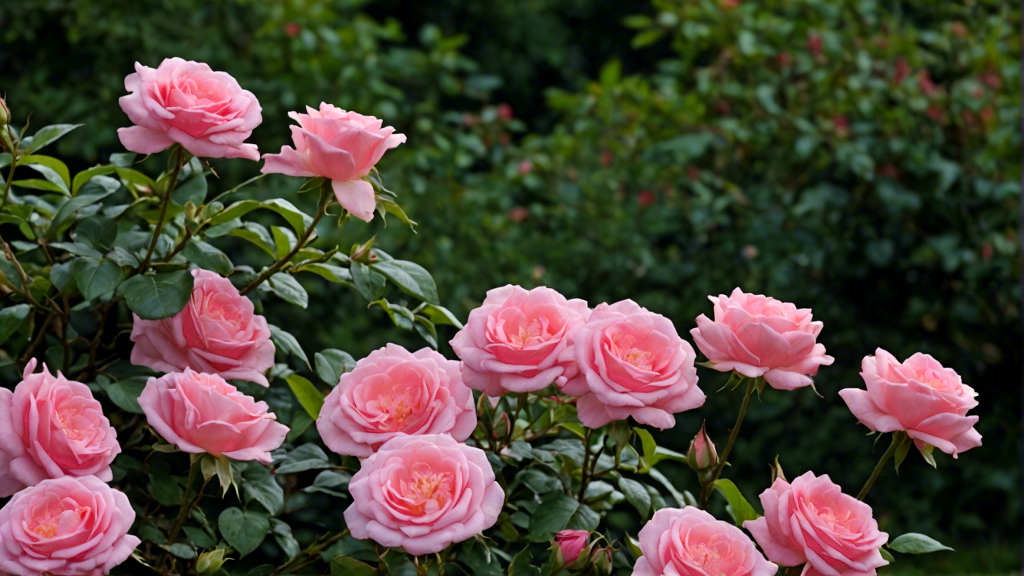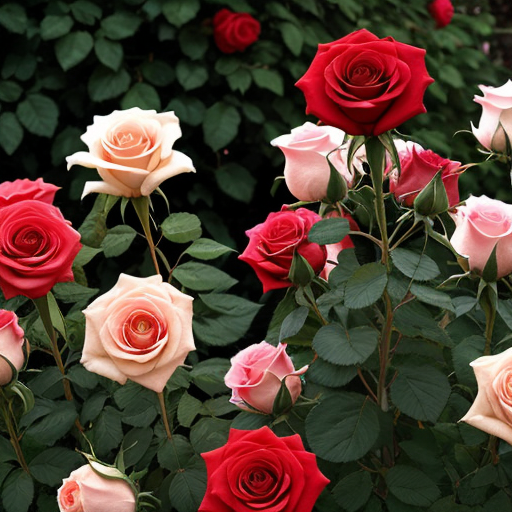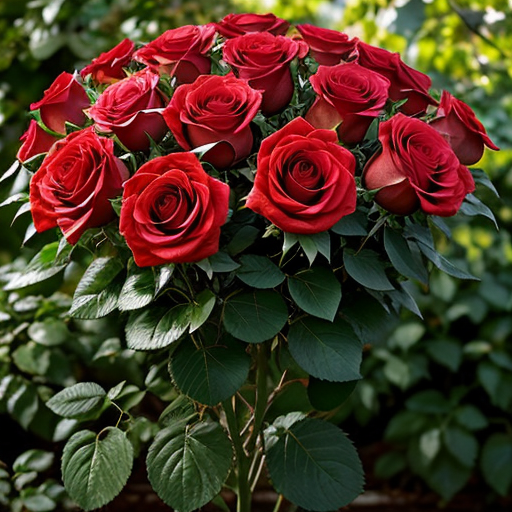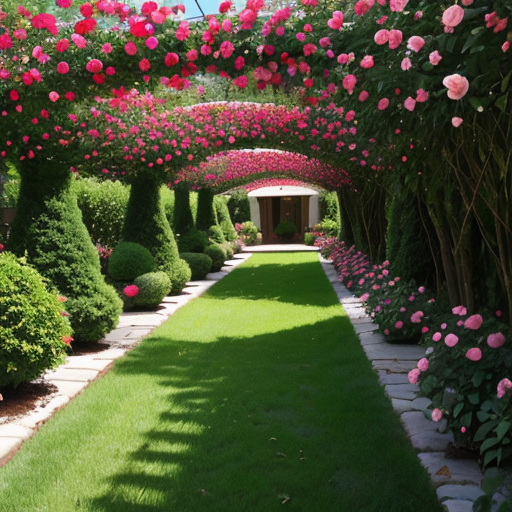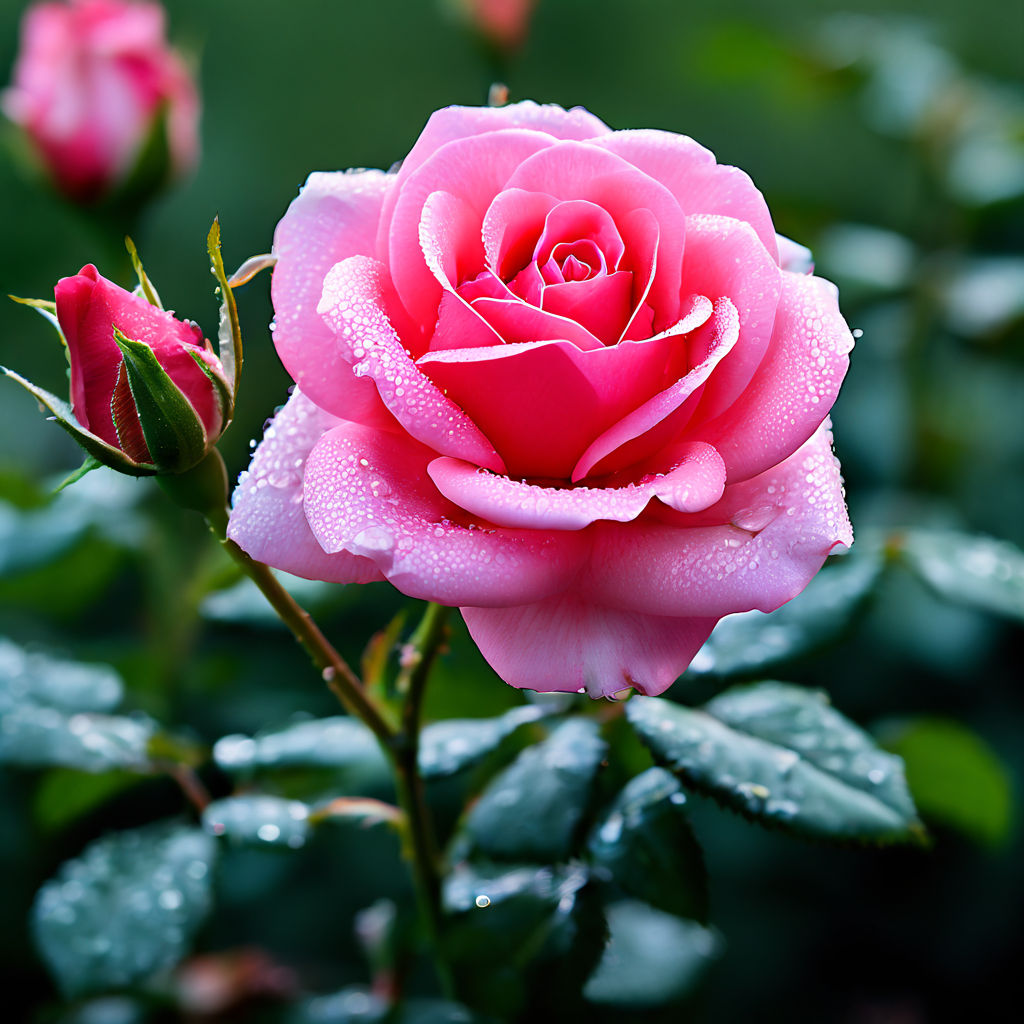
National Peace Rose Day: Honoring a Symbol of Beauty and Harmony
Every year on April 29th, people from around the world come together to celebrate National Peace Rose Day. This special day is dedicated to honoring a well-known and fruitful garden rose that has become a symbol of peace, beauty, and harmony.
rosesbocaraton.com
The Significance of the Peace Rose
The Peace Rose, also known as Rosa ‘Peace’, was first cultivated in France in the late 1930s by a renowned French horticulturist named Francis Meilland. The rose was named ‘Peace’ as a tribute to the end of World War II and as a symbol of hope for a peaceful future.
The Peace Rose quickly gained popularity for its exquisite beauty and unique characteristics. It features large, fragrant blooms with a soft yellow color that blends into delicate pink edges. This stunning color combination has made the Peace Rose a favorite among rose enthusiasts and gardeners alike.
What sets the Peace Rose apart is not just its physical appearance, but also its ability to thrive in various climates and soil conditions. This hardy rose can withstand harsh winters and hot summers, making it a versatile choice for gardeners around the world.
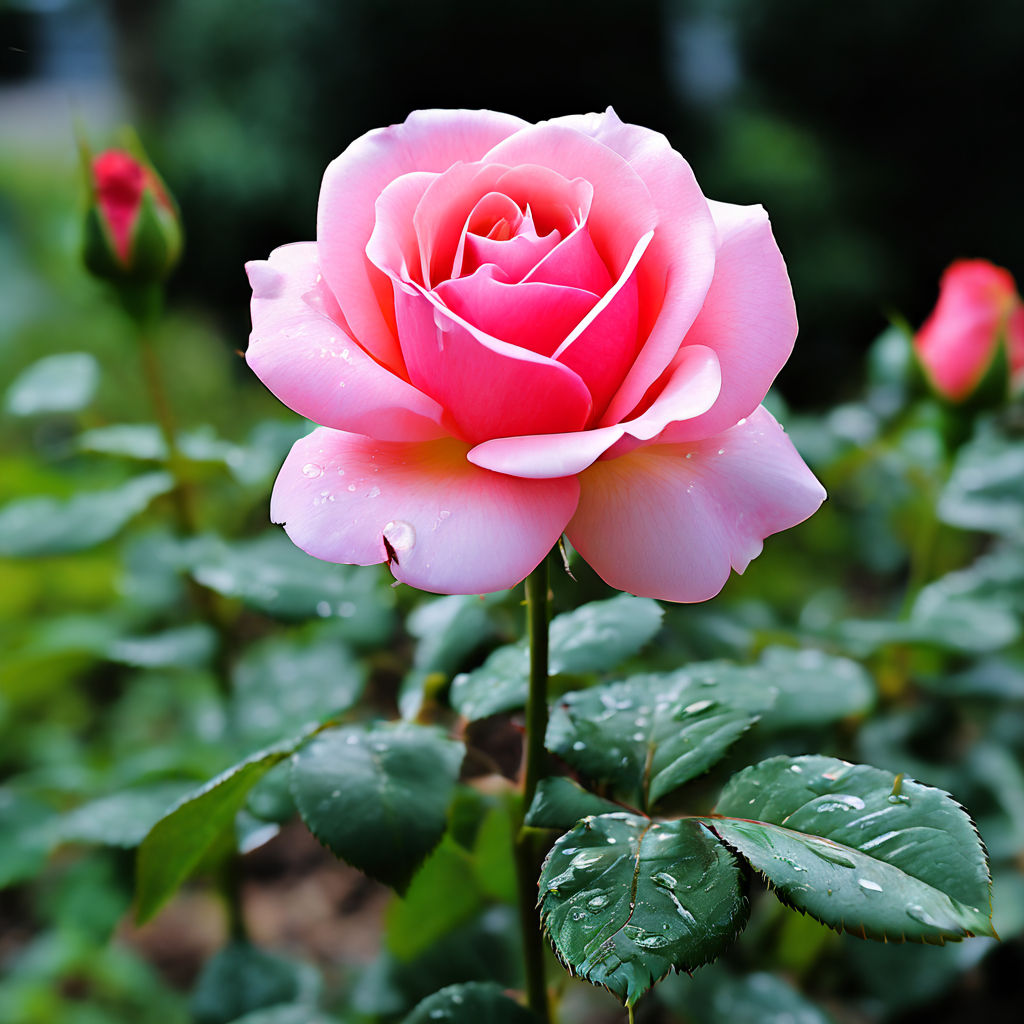
Celebrating National Peace Rose Day
On National Peace Rose Day, individuals are encouraged to plant a Peace Rose in their gardens or public spaces as a way to honor the significance of this beautiful flower. Planting a Peace Rose is a symbolic gesture that represents a commitment to peace, unity, and harmony.
Whether you are an experienced gardener or someone who is just starting out, planting a Peace Rose can be a rewarding experience. Here are a few tips to help you get started:
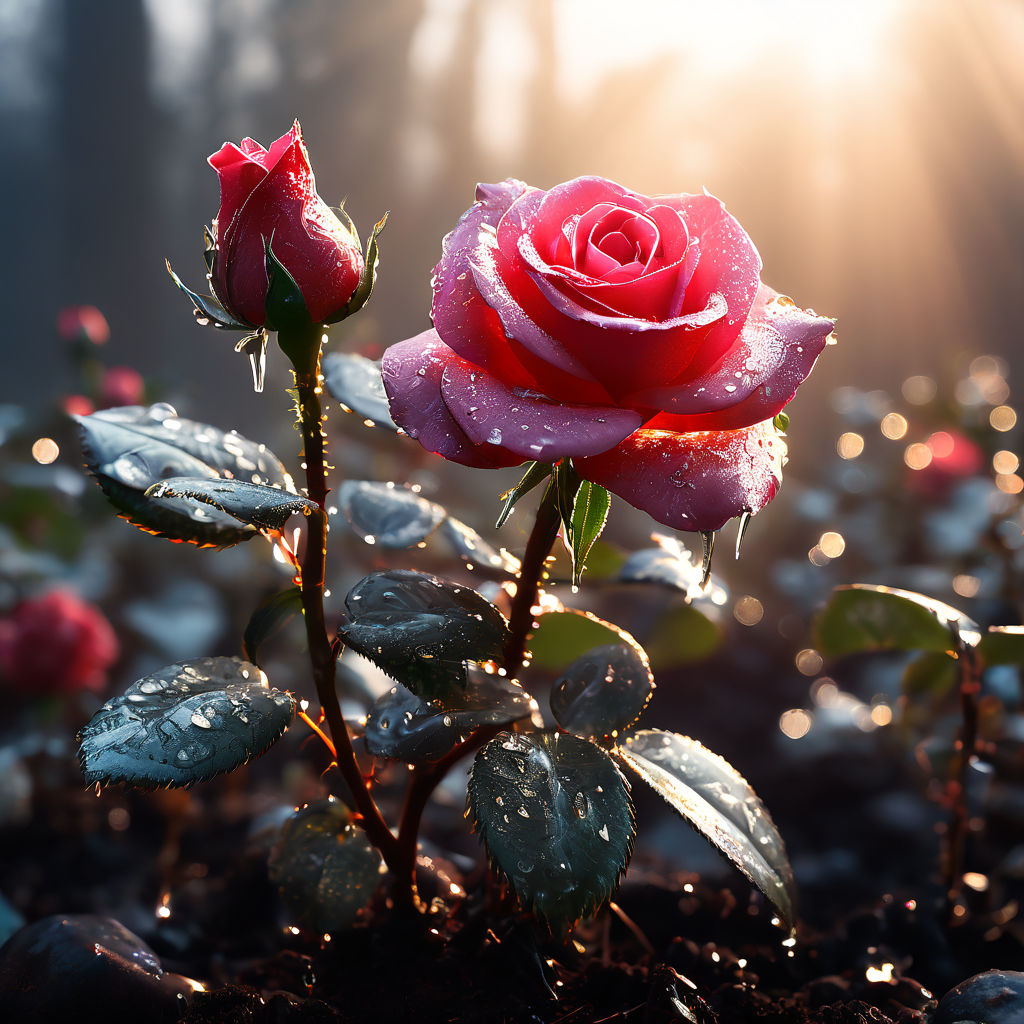
Choosing the Right Location
When selecting a spot for your Peace Rose, choose an area that receives at least six hours of sunlight each day. The rose should also be planted in well-draining soil to prevent waterlogging, which can lead to root rot.
Preparing the Soil
Before planting your Peace Rose, prepare the soil by removing any weeds or grass and loosening it with a garden fork. You can also add organic matter, such as compost or well-rotted manure, to improve the soil’s fertility and drainage.
Planting the Rose
Dig a hole that is wide and deep enough to accommodate the rose’s root ball. Place the rose in the hole, making sure that the bud union (the swollen area where the rose was grafted onto the rootstock) is level with or slightly above the soil surface. Fill the hole with soil, firming it gently around the roots.
Caring for Your Peace Rose
Once your Peace Rose is planted, it requires regular care to ensure its health and vitality. Here are a few essential care tips:
- Water the rose deeply once or twice a week, depending on the weather conditions. Avoid overwatering, as this can lead to root rot.
- Apply a balanced rose fertilizer in early spring and again in mid-summer to promote healthy growth and abundant blooms.
- Prune your Peace Rose in late winter or early spring to remove dead or damaged wood and shape the plant. This will also encourage new growth and better airflow.
- Monitor your rose for common pests and diseases, such as aphids or black spot, and take appropriate measures to control them.
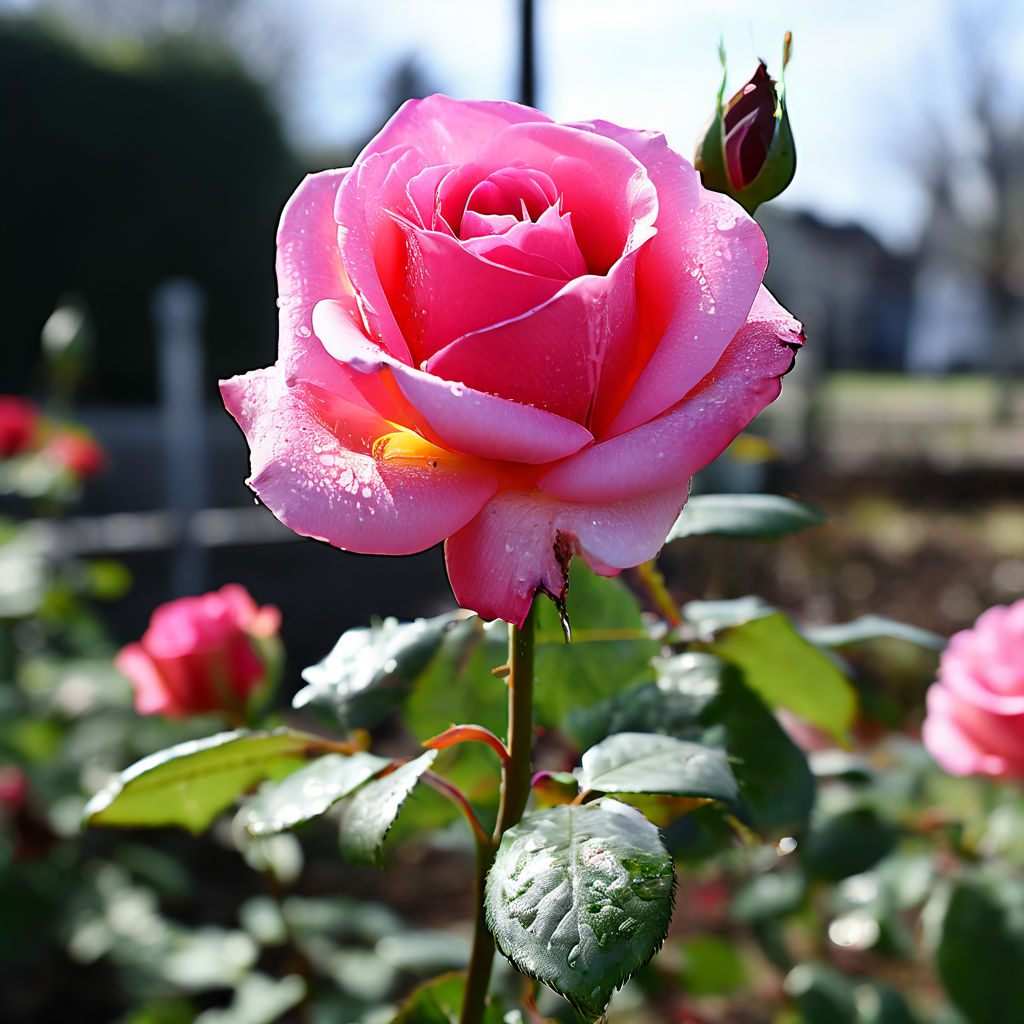
A Timeless Symbol of Peace
As you celebrate National Peace Rose Day and tend to your Peace Rose, take a moment to reflect on the significance of this timeless symbol of peace. The Peace Rose serves as a reminder that even in the face of adversity, beauty and harmony can thrive.
By planting a Peace Rose and nurturing it with care, you are not only creating a stunning addition to your garden but also contributing to a legacy of peace and unity. Let us all come together on April 29th to honor the Peace Rose and its message of hope for a more peaceful world.
